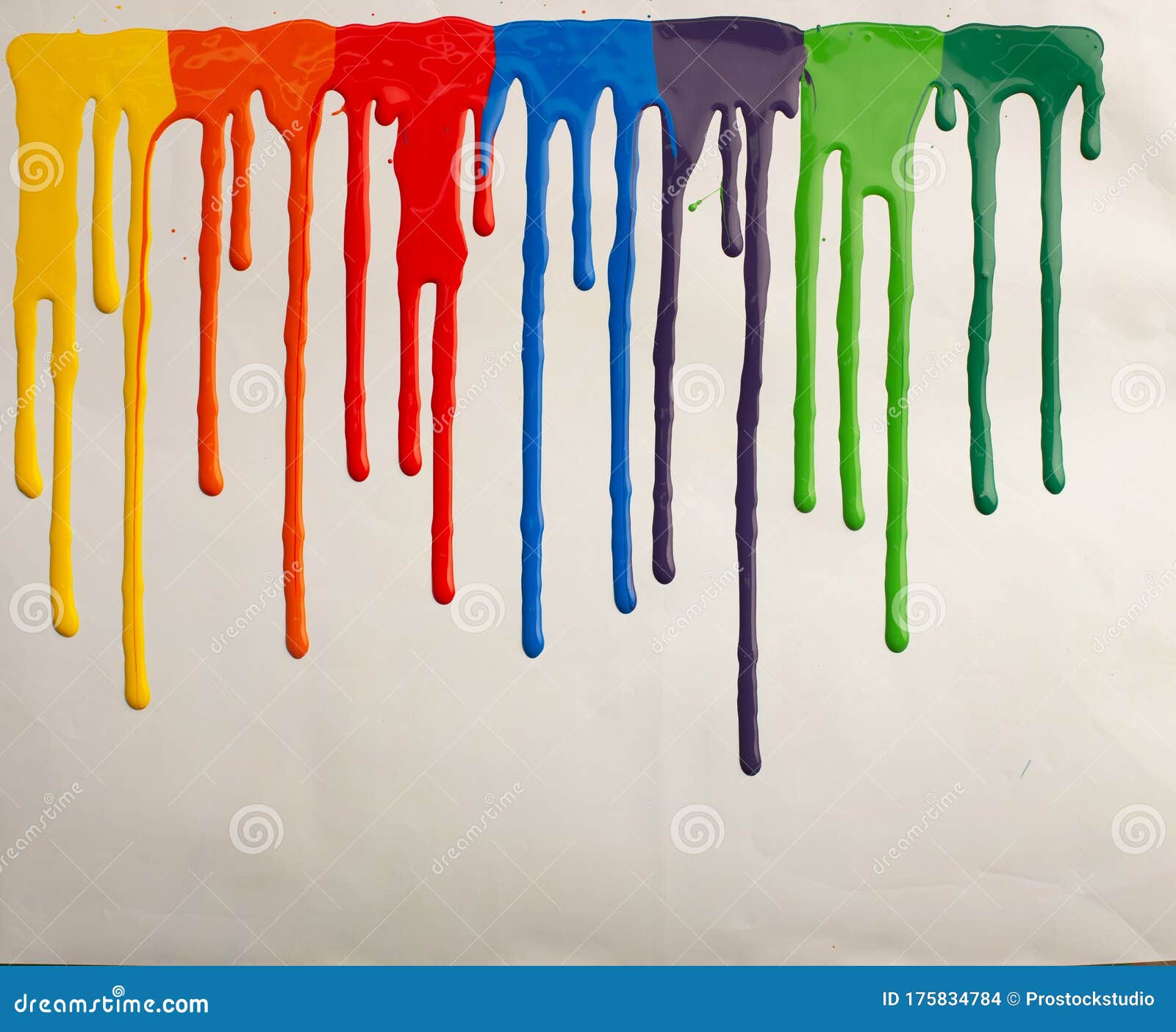

You can see more examples at the end of the video. With the addition of silicone oil or spray in the colours, the wonderful cells are also created, which can make the whole thing even more interesting. Make sure that there is paint everywhere on the canvas.ĭepending on how you have arranged and distributed your colours on the painting surface, the most wild structures are created by peeling off the canvas.

Dip the edges to match the color gradients with the edges.Then use the torch or heat gun briefly against the air bubbles to create even more cells.Try different directions and speeds to achieve different structures. If you later add a frame to your painting, the border can remain without color. However, this step is not absolutely necessary. You might as well cover the edge here with paint.Carefully paint the surfaces from the inside, so that the air inclusions can escape everywhere and the canvas is completely covered with paint.Make sure that the paint covers the edge and the 0,8 to 1,2 inch overhang. Now pour the colours onto the painting ground as you wish.Cover the canvas very thinly with white paint.
#Color drips with acrylic plus#
Use a pencil to mark the dimensions of your painting plus 0,8 to 1,2 inch.Put the canvas first on your painting ground.Step by Step Instructions for the Dip Technique Try yourself through and create wonderful pictures according to your imagination. Thus you can dip the picture 2 to 3 times one after the other, until you are satisfied with the result. If the consistency is too fluid, the colors lose their intensity. This leads to gray paintings, because depending on the dip result the canvas can be dipped several times in a row. If the paints are too liquid, they will mix too quickly. It is important that the consistency of your acrylics is thicker for the Acrylic Pouring Dip Technique. You can also use cooling racks, which you know from the kitchen for baking cookies. Washed out yogurt or cream cheese cups are very suitable here and do the environment a favour. The advantage is that I can cover the cardboard and the painting has enough time to dry slowly. Then I put four cups in it to put the canvas on it. I like to use old cardboard boxes, which I lay on the floor with newspaper in case the painting still drips. You can for example put big garbage bags or cover foil on your work surface and stick it with wide tape or cover flat cardboard boxes with it as in my video.Īnd of course you need a dust-free place to dry your picture.

Depending on the size of the picture you should prepare enough space and a really waterproof undercoat. Please always make sure that you have a painting surface that is water- or color-proof, because it can become a little messy and the color always finds a way. When pouring, of course, there is always paint that drips over the edge by moving the image and lands on your work surface. We will introduce the Drip Technique in a separate article. The two techniques do not have much in common. The dip technique can easily be confused with the drip technique because of the similar name. 20 x 20 inch are well possible with this method, however, it is recommended rather for smaller canvases. You can work with or without silicone oil in the acrylic paintor use both at the same time. This technique is also recommended to use the remaining paints after one or more pourings. The Acrylic Pouring Dip Technique is the immersion of the canvas in mixed paint that has been distributed on a plastic surface. What’s the Acrylic Pouring Dip Technique?


 0 kommentar(er)
0 kommentar(er)
